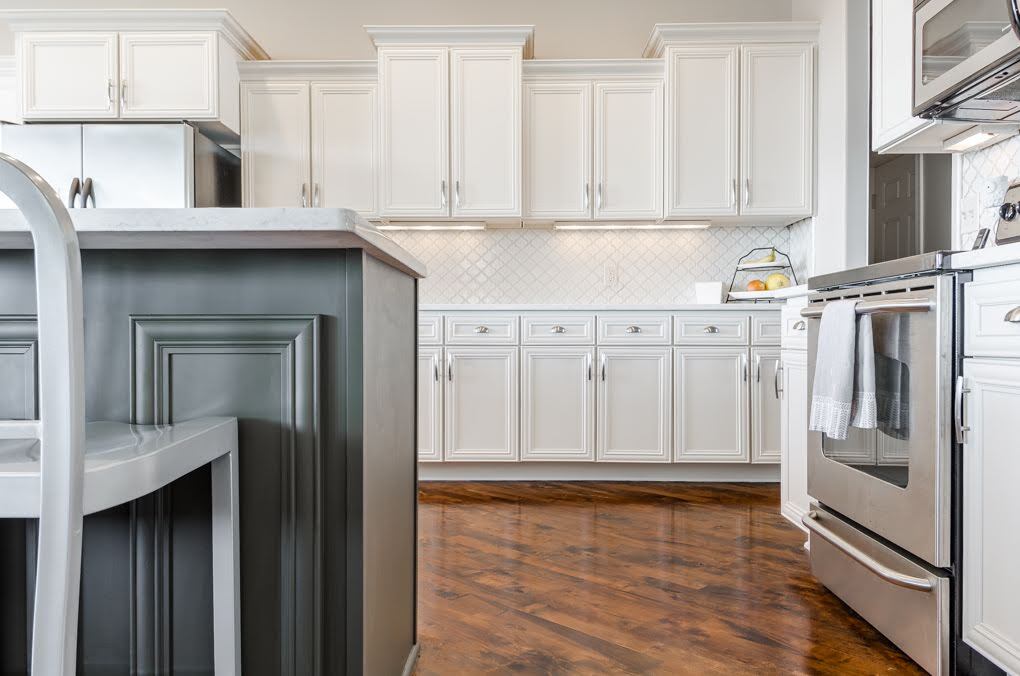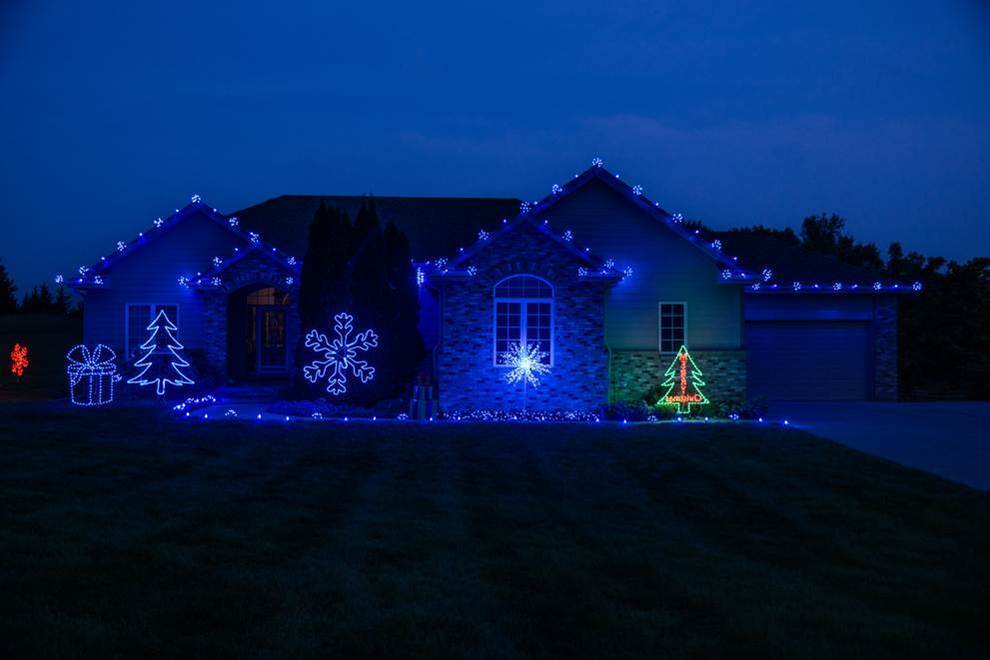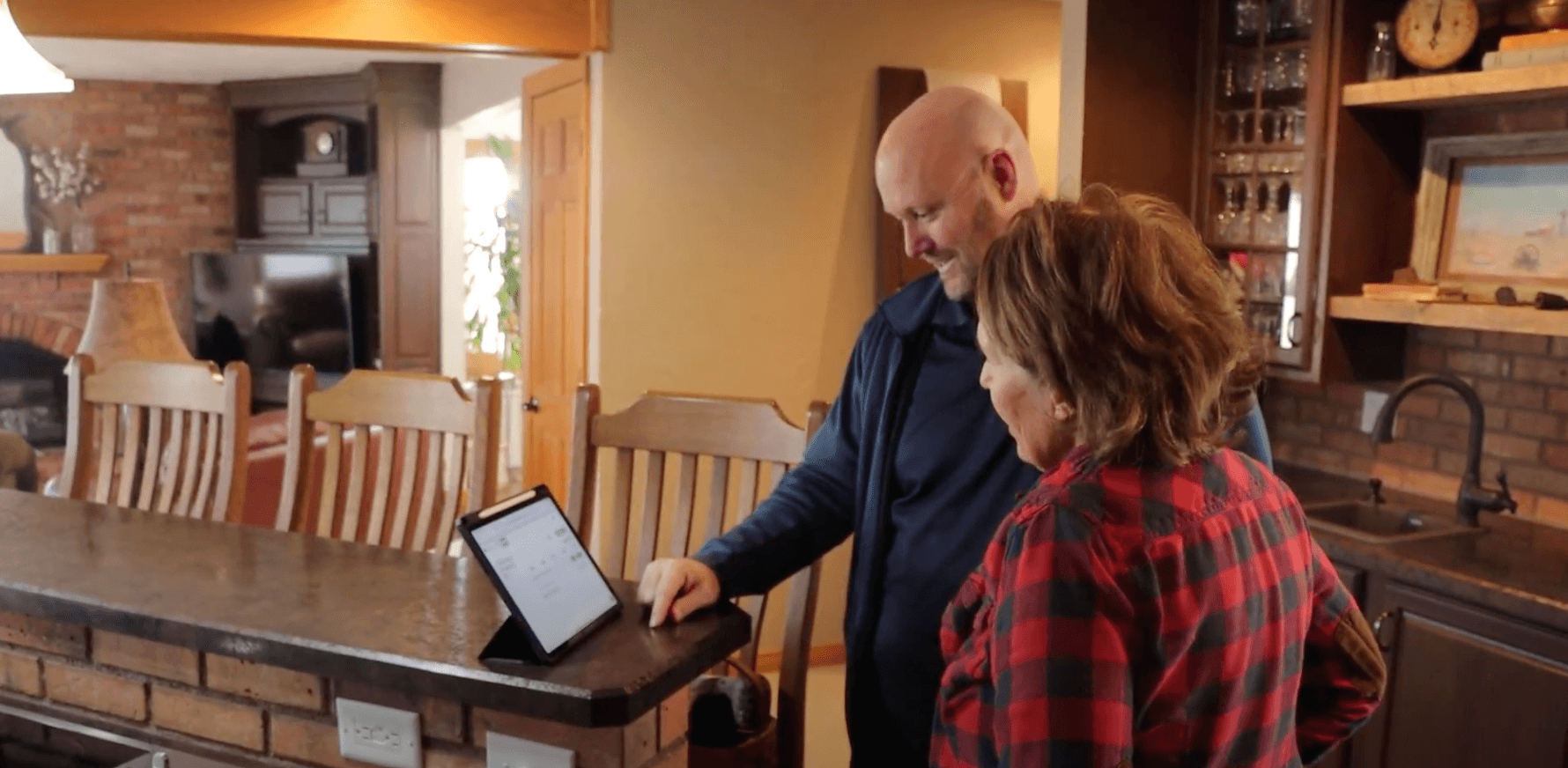Kitchen Renovation Process with Painting Cabinets
July 1st, 2024
5 min read

Renovating your kitchen can be a daunting task, especially when it comes to deciding where to start and what to prioritize. You may find yourself overwhelmed with the numerous decisions that need to be made, from choosing the right materials to coordinating with various contractors. One of the most common dilemmas is understanding the order of operations, particularly when it comes to painting kitchen cabinets.
At Brush & Roll Painting, a painting company in Omaha, NE, we understand the challenges you may face during a kitchen renovation. With years of experience in the industry, we've helped countless Omaha residents transform their kitchens efficiently and effectively. Our expertise in cabinet painting allows us to guide you through the process seamlessly, ensuring that your renovation project is as smooth and stress-free as possible.
In this article, we will discuss the standard order of operations for kitchen renovation projects.
It’s important to remember that every renovation project is different, so you should apply this article to your specific wants and needs for your kitchen. By reading this article, you'll be able to make informed decisions about your specific project, avoid common mistakes, and ensure that your kitchen transformation is both beautiful and efficient.
The companies you choose to work with for your renovation needs should be willing to work with your schedule. There are no right or wrong ways to tackle your kitchen remodeling project. This order is a suggestion to make it efficient but can be switched around in a way that works for you.
1. Planning and Preparation for Kitchen Renovation Projects
Before diving into the renovation, it's crucial to spend ample time planning and preparing. This initial stage sets the foundation for a successful project. Start by envisioning your dream kitchen and determining what changes are necessary to achieve that vision. Consider factors such as layout, color scheme, and overall style.
Next, establish a budget. Renovations can quickly become expensive, so having a clear budget helps keep costs under control. Include a buffer for unexpected expenses, as these are almost inevitable in any renovation project.
Once you have a clear vision and budget, start researching and selecting the right professionals to work with.
Choosing a reputable company ensures high-quality results and a smooth process. Choosing the right company can be difficult, so compare quotes and take your time making the decision.
It's important to communicate your expectations and timeline with the contractors to align everyone on the same page.
2. Meeting with a Designer and Color Consultations
 One of the most exciting parts of a kitchen renovation is selecting the colors and designs that will bring your vision to life. Scheduling a meeting with a designer can help you refine your ideas and ensure that all elements of your kitchen work harmoniously together. A professional designer can provide valuable insights into current trends, color schemes, and functional layouts.
One of the most exciting parts of a kitchen renovation is selecting the colors and designs that will bring your vision to life. Scheduling a meeting with a designer can help you refine your ideas and ensure that all elements of your kitchen work harmoniously together. A professional designer can provide valuable insights into current trends, color schemes, and functional layouts.
During this stage, consider having a color consultation. They can help you choose the perfect colors for your cabinets, walls, and other elements, ensuring that everything blends seamlessly. Color consultations are crucial as they help you visualize the end result and make informed decisions that align with your overall design vision.
3. Demolition and Removal
If you’re replacing old fixtures, demolition, and removal are the first step. This includes removing any cabinets, countertops, or appliances.
Before any demolition begins, ensure that utilities such as water, gas, and electricity are turned off to prevent accidents. Protect areas that are not being renovated by covering floors and adjacent rooms to minimize dust and debris spread.
4. Kitchen Changes and Repairs
If your renovation includes structural changes, such as knocking down walls or changing the layout, this is the stage to do it. Structural changes can be complex and may require permits, so it's crucial to work with a licensed contractor.
In addition to structural changes, this is also the time to address any necessary repairs. For instance, if you discover water damage or mold behind the old cabinets, it needs to be taken care of before proceeding with the renovation. Ignoring these issues can lead to bigger problems down the line.
5. Kitchen Plumbing and Electrical Work
With the structural changes and repairs complete, the next step is to update or install plumbing and electrical systems. This includes moving or adding electrical outlets, updating lighting fixtures, and ensuring that the plumbing is in place for new sinks or appliances.
It's essential to hire licensed professionals for this work to ensure safety and compliance with local codes. Properly installed plumbing and electrical systems are crucial for the functionality and safety of your new kitchen.

6. Drywall and Paint Preparation
After the plumbing and electrical work is complete, it's time to install or repair drywall. This step includes patching holes, sanding, and priming the walls to create a smooth surface for wall painting.
At Brush & Roll Painting, we emphasize the importance of thorough preparation before any painting begins. Properly prepped walls ensure that the paint adheres well and results in a smooth, professional finish.
7. Kitchen Countertop and Backsplash Installation
Once your cabinets are refinished or painted, the next step is to install new countertops and backsplashes. This step adds both functionality and aesthetic appeal to your kitchen. Choose materials that match your design vision and are durable enough to withstand daily use.
Proper installation is key to ensuring that your countertops and backsplash not only look great but also function well. This is another area where professional expertise is invaluable.
8. Kitchen Flooring Installation
With the major elements of your kitchen in place, it's time to install new flooring. Whether you choose hardwood, tile, or another material, make sure it complements the rest of your kitchen design.
Flooring installation can be a complex process, especially if you need to work around cabinets and appliances. Hiring experienced installers ensures that the job is done correctly and efficiently.

9. Cabinet Refinishing or Painting
Now we arrive at the heart of your kitchen renovation: cabinet refinishing or painting. This step transforms the look of your kitchen without the need for a complete cabinet replacement, saving you both time and money.
If you're refinishing your cabinets, the process typically involves cleaning, sanding, and applying a new stain or finish. Painting, on the other hand, requires cleaning, sanding, priming, and applying multiple coats of high-quality product. Both processes require precision and expertise to achieve a flawless finish.
Likely if you’re investing in a kitchen remodel, you are looking for work that lasts. You should choose a cabinet painter who uses top-quality materials and techniques to give your cabinets a fresh, updated look that complements your overall kitchen design.
10. Kitchen Appliance Installation
Now that your kitchen is coming together, it's time to install the new appliances. This step includes connecting and testing your new stove, refrigerator, dishwasher, and any other appliances.
It's important to coordinate with your contractors to ensure that the appliances fit properly and are correctly installed. Professional installation helps prevent issues such as improper hookups or damage to your new appliances.
11. Final Touches and Clean-Up
The final step in your kitchen renovation is to add the finishing touches. This includes installing hardware on cabinets, adding decorative elements on countertops, and ensuring that everything is clean and ready for use.
A thorough clean-up is essential to remove any dust, debris, or residue left from the renovation process. This not only makes your kitchen look pristine but also ensures a healthy environment.
Renovating Your Kitchen
Renovating your kitchen, particularly when it involves refinishing or painting cabinets, can be a complex and challenging, overwhelming process. However, by following this standard order of operations and working with experienced professionals like Brush & Roll Painting, you can ensure a smooth and successful renovation.
Brush & Roll Painting is a high-quality cabinet and interior painting company in Omaha, Nebraska. With our expertise since 1996, we have worked with many homeowners in the process of transforming their kitchen.
While hiring anyone for your kitchen remodeling project, it’s crucial that you don’t make any costly mistakes. Next, download your ultimate guide to hiring a painter, so you can be sure you have the right company for the job.
Kaylea is the Brush & Roll Painting Content Manager. Kaylea is a Journalism and Media Communications summa cum laude graduate with a minor in Marketing from the University of Nebraska at Omaha. Kaylea manages the marketing for Brush & Roll Painting.



















-Jul-23-2025-02-21-33-5468-PM.png?width=800&height=418&name=Blog%20Post%20Image%20Size%20(2)-Jul-23-2025-02-21-33-5468-PM.png)




-Oct-22-2025-01-39-19-5208-PM.png?width=800&height=418&name=Blog%20Post%20Image%20Size%20(1)-Oct-22-2025-01-39-19-5208-PM.png)


